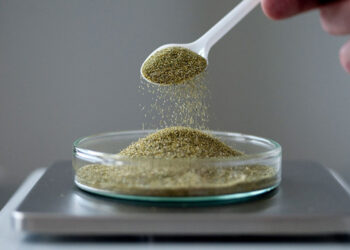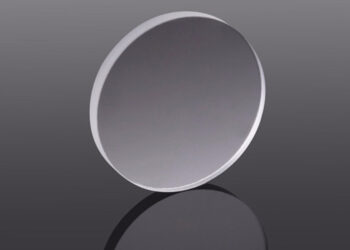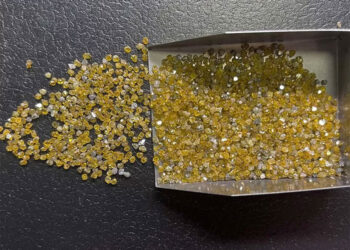Our Services
Contact info
We are always ready to help you. There are many ways to contact us. You may drop us a line, give us a call or send an email, choose what suits you most.
Need help?
15 W 47th St Suite #200 Second Floor, New York, 10036,United States
Tel: +1 917 302 9305
[email protected]
Benefits of Environment and Recycling With Lab Grown Diamonds
Lab grown diamonds are much more eco-friendly than natural diamonds. They produce very little carbon emissions, the byproducts of the gem making process. In fact, they beat natural diamonds on the environmental front. This article will explain the benefits of lab grown diamonds and the social responsibility they have towards the environment.
Increasingly, consumers are choosing lab-grown diamonds over their traditional counterparts. As the demand for this kind of gem grows, businesses must prove their social responsibility. Moreover, modern consumers want to know whether their purchase matches their values. For this reason, the New York-based Lab Grown Diamond Council has launched a sustainability standard for the industry. This sustainability standard is accredited by third-party SCS Global Services and ensures that proper measures are taken in the manufacturing process.
Impact of lab-grown diamonds on local communities
The environmental impact of mined diamonds is a growing concern, particularly the impact on local communities. While mined diamonds provide a lucrative source of income, they also bring environmental and social costs to local communities. The United States and the United Kingdom have both committed to improving the working conditions of diamond miners, and have provided millions of dollars in aid to communities in West Africa ravaged by the diamond trade. A UN Environment panel member recently addressed the environmental impact of lab-grown diamonds.
-
1
Lab-grown diamonds have low carbon footprints. While the manufacturing process may require fossil fuels, most factories also rely on fossil fuels to power reactors. In a Frost & Sullivan study, the carbon footprint of mined diamonds and lab-grown diamonds was compared. In comparison, mined diamonds result in 4,383 times more waste, use 6.8 times more water and require 2.14 times more energy per carat than lab-grown diamonds. In addition, lab-grown diamonds avoid nitrous oxide and sulfur oxide emissions, which are both harmful to the environment.
-
2
The environmental impact of lab-grown diamonds depends on the producer and local regulations. Some companies use renewable energy sources to produce Lab-Grown diamonds, such as solar power, which reduces carbon emissions. Other manufacturers do not use renewable energy sources in their manufacturing processes, but scientists are constantly researching new methods of production and environmental impacts to reduce the environmental impact of synthetic stones.
-
3
Lab-grown diamonds are cheaper than natural diamonds, which means they are more affordable for consumers. The lower price makes lab-grown diamonds very popular among millennials. And the environmental benefits of lab-grown diamonds are a bonus. In addition, they can be made in large quantities, which is crucial in keeping the diamond industry as sustainable as possible.
-
4
Natural diamonds form deep in the earth and are the result of intense pressure and temperatures. Typically, these diamonds are one to three billion years old. Lab-grown diamonds are made using a process that mimics the formation of natural diamonds. As a result, they may still contain inclusions and imperfections. Natural diamonds are 100% perfect, but lab-grown diamonds are not.
Environmental benefits of lab-grown diamonds
-
1
While mined diamonds are created by the immense heat and pressure of Earth, lab-grown diamonds are created in a controlled environment. This eliminates the use of hazardous chemicals and gases during the production process. The process also produces diamonds with greater durability than natural stones, which are often damaged by exposure to the sun and environmental pressure.
-
2
During the mining process, diamonds can cause a massive amount of pollution. One carat of mined diamonds can emit up to 510 grams of carbon dioxide. However, lab-grown diamonds emit about half of that amount. To offset the greenhouse gas emissions caused by diamond mining, Anglo American, parent company of De Beers, is developing a process to capture carbon dioxide inside a porous mined rock.
-
3
Although lab-grown diamonds do not cause any environmental problems, they do reduce the carbon footprint of mined diamonds. According to a Princeton University study, lab-grown diamonds have a carbon footprint that is 18-22% lower than mined diamonds. In addition, they require fewer fossil fuels and water to create than mined diamonds. This makes them a superior choice for those who care about the environment.
-
4
Lab-grown diamonds have become more common in the gemstone market. Although the natural diamond has more resale value, lab-grown diamonds are often much cheaper. Despite this, the manufacturing process can be uncontrolled and affect the integrity of gemstones. Whether to buy a natural diamond or a lab-grown one depends on personal taste.
-
5
Lab-grown diamonds are just as hard as natural diamonds, but they don't have the fire and brilliance that natural diamonds have. Moissanite, a synthetic counterpart of diamond, has a higher refractive index and gives off a more colorful reflection. However, some people find it too sparkly.
-
6
Lab-grown diamonds are also more affordable than natural diamonds. They cost approximately half the price of a natural diamond. Natural diamonds can cost six to eight thousand dollars per carat, while lab-grown diamonds can cost as little as $2300. Furthermore, the cost of lab-grown diamonds has dropped drastically over the past decade, and some estimates predict a $100 billion industry by the year 2025.
Related Projects

lab grown diamonds
Nanometer Modified Diamond Powder

lab grown diamonds
CVD SC Diamond Optical Window

lab grown diamonds
HPHT Monocrystalline Diamonds




